AHARE MOT AND YOM KIPPUR- THE BOOK OF LIFE AND THE BOOK OF DEATH
By Rabbi Rifat Sonsino, Ph.D
There is a popular belief that it is socially inappropriate to say bad things after a person dies in as much as the dead cannot justify themselves. This is expressed in Latin as de mortuis nil nisi bonum ( that is, “of the dead, say nothing but good”) and, in Hebrew parlance, putting together three consecutive Torah portions in the Book of Leviticus, Ahare Mot, Kedoshim, Emor, that can be interpreted as, “ after death call (them) sanctified.”
We do not know what happens after a person dies. Jewish tradition proclaims that Rosh Hashanah initiates a short period of judgment that is completed by Yom Kippur. In the words of the ancient Rabbis, on Rosh Hashanah two books are opened before God: Some people are written in the Book of Life, while others are written in the Book of Death (see, RH 32b). And as the Gates of Repentance (1996) put it: “On Rosh Hashanah it is written, on Yom Kippur it is sealed: How many shall pass on, how many shall come to be; who shall live and who shall die” (p.313).
What is the Book of Life? According to the ancient Rabbis, the Book of Life is the book in which God records the names of every person who is destined for the World- to-Come.
What is the Book of Death? The ancient Rabbis say it is the book that contains the names of those who will die during the year.
In the early Biblical period, people believed that death was final, and that after you die, you go down to a place called Sheol, where you live a shadowy kind of existence (e.g., Gen. 37: 35; Isa. 14:9). Later on, the belief in resurrection appeared in Jewish texts. According to this view, after you die and are buried, your soul survives for a long time until it comes back reunited with your old body, ready to come back to life. However, according to Josephus, the Jewish historian of the 1st century CE, this privilege is given only to the righteous (Ant. 18.1.3).
It is not known when or from where this idea of resurrection entered Judaism, but our texts show that it appeared towards the end of the Biblical period (See, Ez.37), and became a prominent belief in the rabbinic literature. From Judaism, the idea entered Christianity, and from there, into Islam. So, it is possible to say that it’s the most popular belief in the Western world.
In the Hebrew Bible, the Book of Genesis states that Adam and Eve lived in Gan Eden, the “Garden of Eden” (Gen. 2-3). Later on, the Rabbis taught that this garden was set aside for the righteous in the world-to-come. Using their unbridled imagination, some Rabbis described “paradise” (an original Persian word that the Greeks modified into paradeisos, meaning, an “enclosed park,”) in colorful language as “a place of waterbrooks encompassed by 800 species of roses and myrtles” (Yalkut, Bereshit, #2; The Book of Legends, p, 570). It is also where “each righteous person is given a canopy in accordance with the honor due him” (same). Other Rabbis pointed out that “in the world to come there is neither eating nor drinking; no procreation of children or business transaction, no envy or hatred or rivalry but the righteous sit enthroned, their crowns on their heads, and enjoy the luster of the Shekhinah (that is, divine grace)” (Ber. 17a). It is the hope that every person, especially the righteous, will end up in paradise.
On the other hand, hell (gehinnom, “the Valley of Hinnom,” where originally the rite of child sacrifice was practiced in the 6 and 7th cent. BCE) was the abode of the wicked and described by some Rabbis as “rivers of pitch and sulphur flowing in boiling suds” and where “men were suspended by their noses, hands, tongues and feet” (Masekhet Gehinnom, BhMi: 147-49; The Book of Legends, p. 570).
I am not convinced that either paradise or hell actually exists, and have no expectation that I will get there. We don’t know where they are located. We also don’t know when resurrection will take place (some say, when the Messiah comes), and in fact, early Reform Jews rejected the belief in the existence of both hell and paradise as early as 1869 at the Philadelphia Conference of the American Reform Rabbis.
To me, especially, paradise–however conceived–sounds like a dull place to live in, with nothing to look forward to, where work has no meaning, yet, no matter what you do, your future is assured.
I prefer to live in a world here on earth, which, though not perfect, is open to possibilities for personal growth, where work gives meaning and purpose to one’s life, where love creates deeper bonds, where the realization of our human limitations and our eventual death provides an incentive to do something good for others. I go with the Psalmist who declared, “The righteous shall inherit the land, and live here in it forever” (Ps. 37: 29).
So, keep dreaming about paradise, if you wish. As for me, I am happy to live in a real world, here on earth, with all of its imperfections, where I can grow, feel, love, learn, and mature. Like many of my contemporaries, I too am comfortable with the belief that after I die, the only thing that will remain behind me are the memories that I have created and the writings I have done during my lifetime. I also presume that we will live through our children. For me, that is ecologically sound, rationally thought out and theologically comfortable.
Note: For more details, please see, What Happens After I Die? Rifat Sonsino, Daniel B. Syme, Behrman House,1990.
Born in Turkey, Rabbi Rifat Sonsino received his law degree from the University of Istanbul, his rabbinic ordination from the Hebrew Union College-Jewish Institute of Religion (Cincinnati, 1966) and his Ph.D. from the University of Pennsylvania (Philadelphia, 1975) in the field of Bible and ancient Near Eastern Studies. In 1991 the Hebrew Union College-Jewish Institute of Religion bestowed upon him a D.D. He has authored numerous books and articles; was editor of the CCAR Journal, and his blog, rsonsino.blogspot.com, has over half a million viewers. Rabbi Sonsino is the Rabbi Emeritus of Temple Beth Shalom in Needham, MA.


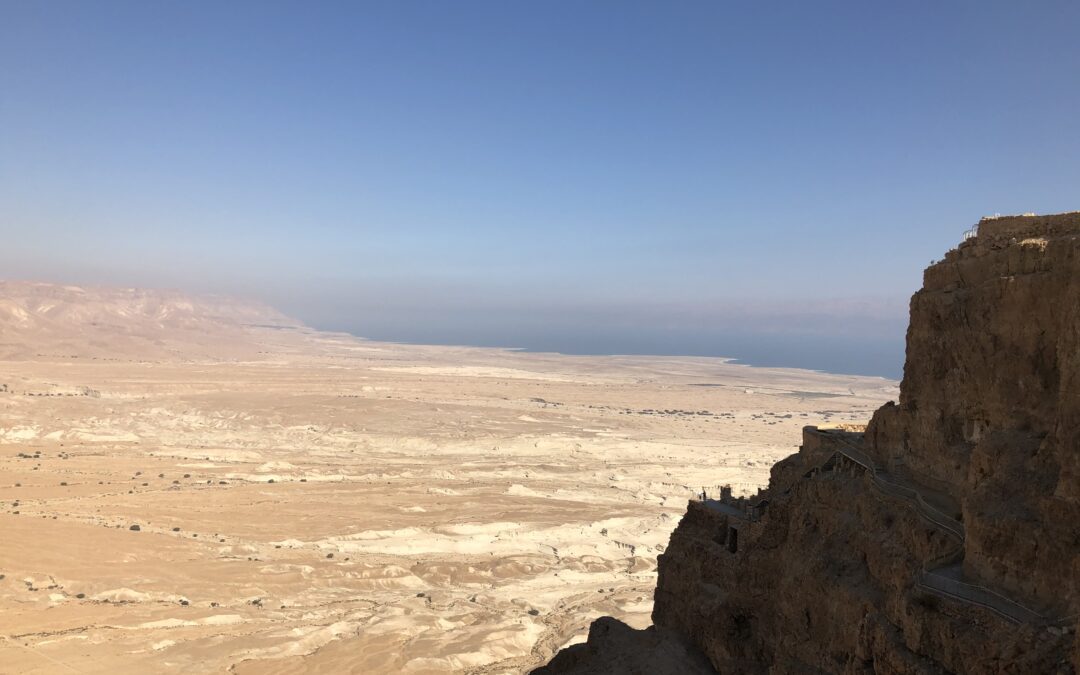
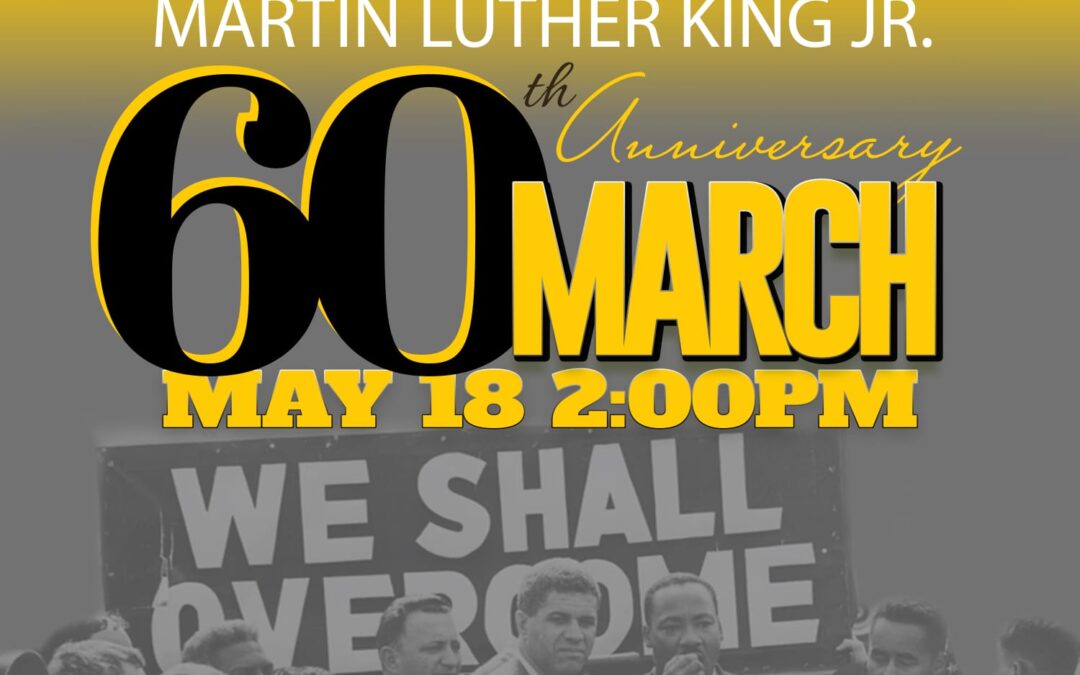

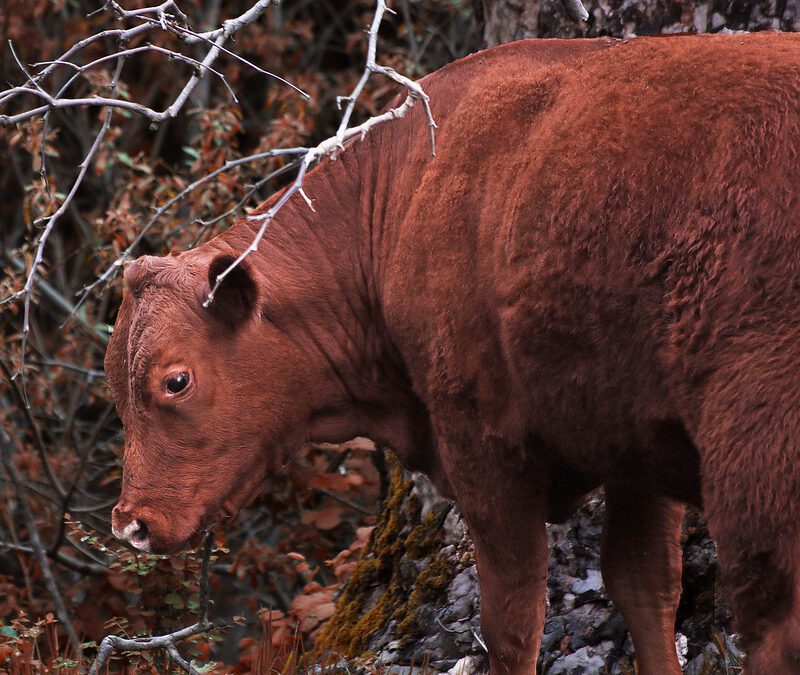
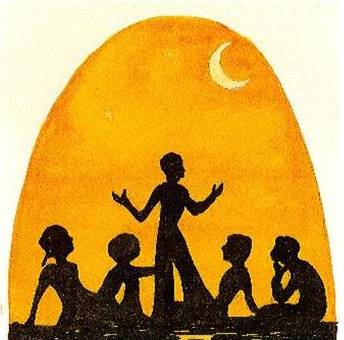

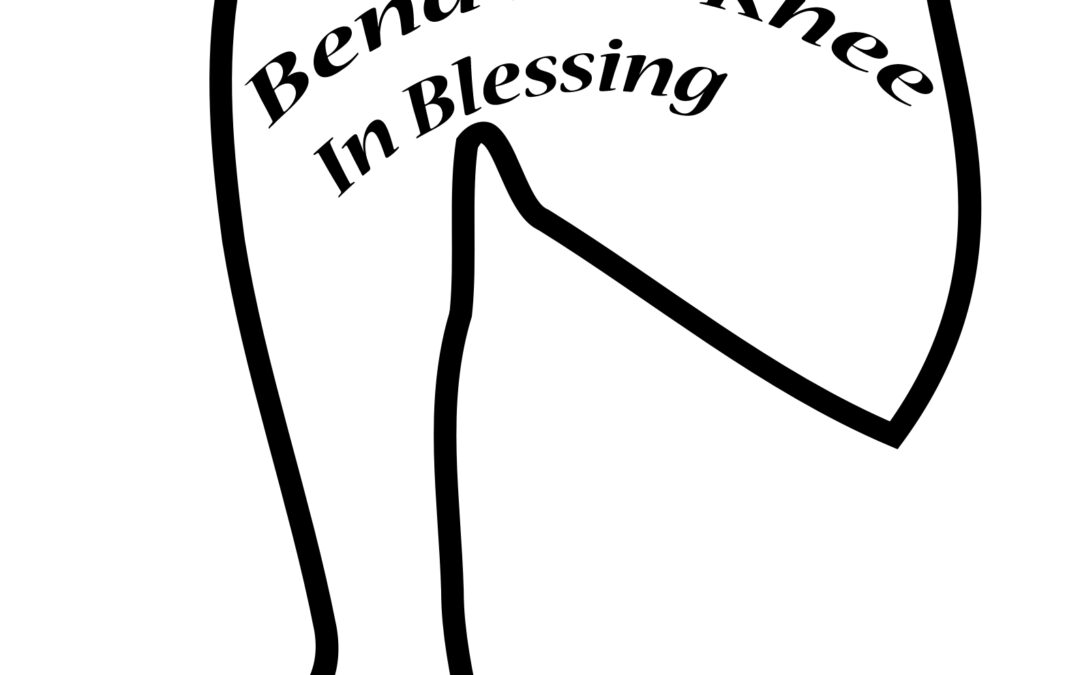
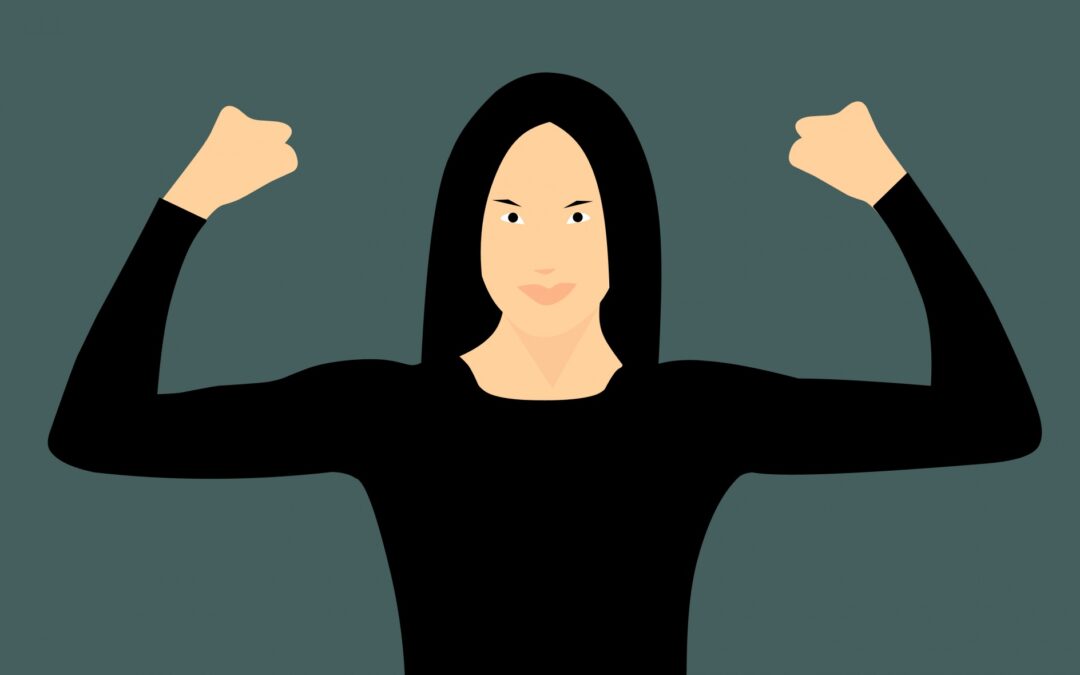
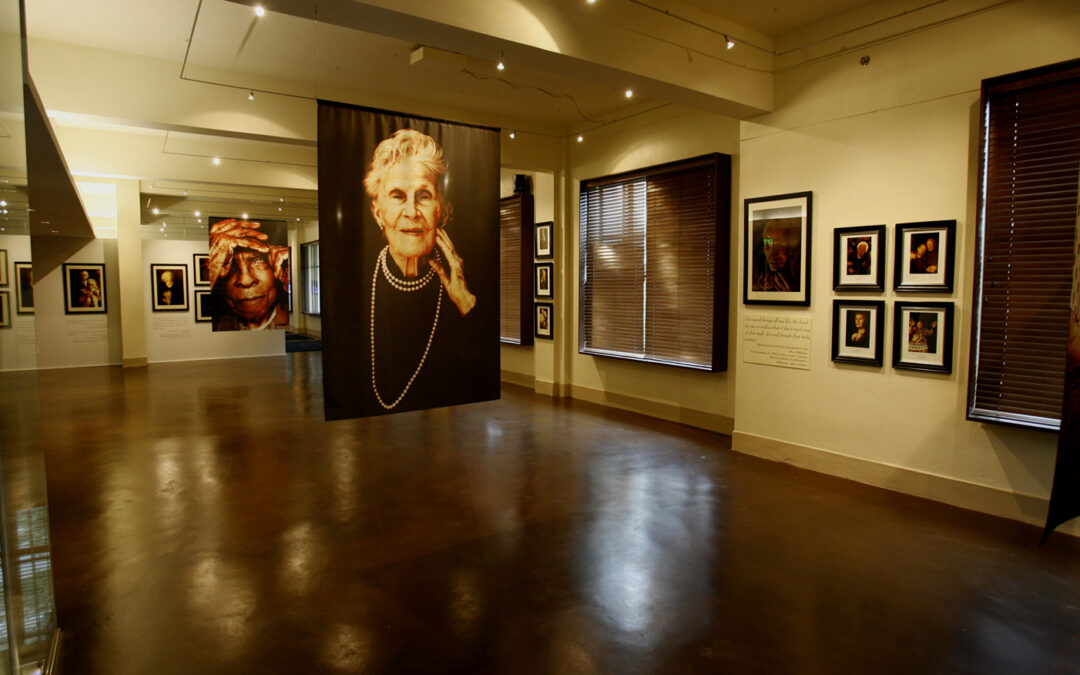
0 Comments